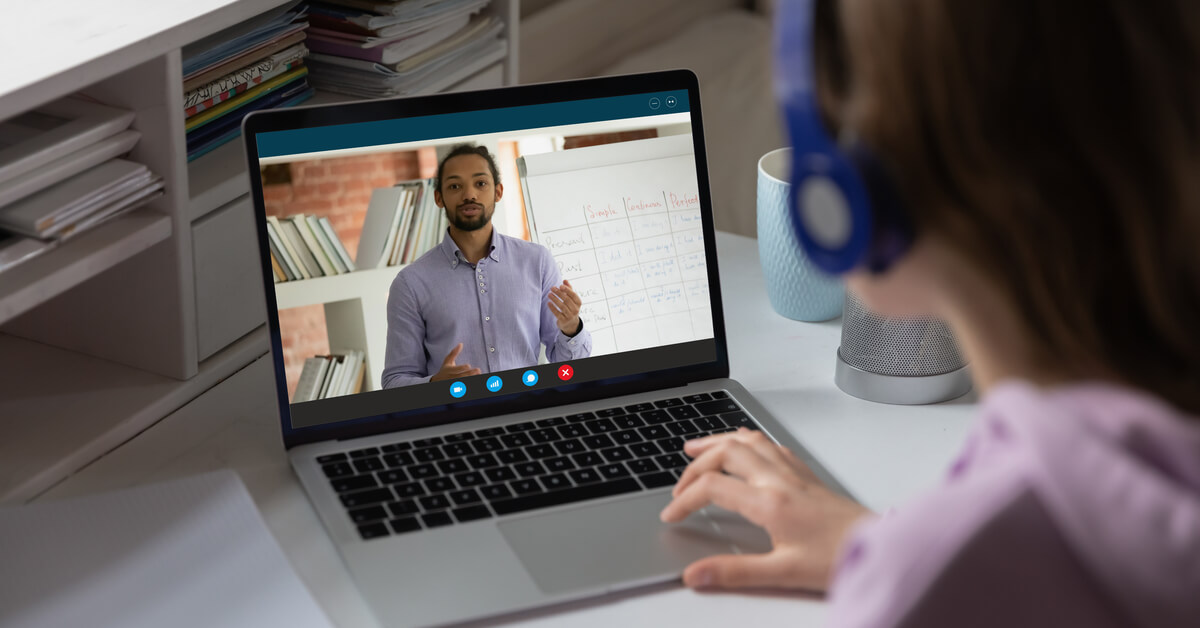For many educators, the past year of pandemic teaching has provided them with the need to reevaluate their feedback processes to better meet students’ needs during online instruction. We had to adopt new ways to interact with and get to know our students and their methods of learning. Many educators also began using new tools or means of providing important feedback to students as well.
Recorded screencasting or video assessment or comments from teachers increased during the pandemic for a few reasons. First, it allowed a teacher to demonstrate their empathy for their students and to personalize their communications while avoiding the stress of a more impersonal, written comment. Using a screencast as illustrated in this article, also provides a great opportunity for a teacher to model their suggestions and to specifically address individual portions of an assignment. A bonus for students is their ability to watch the video/screencast as many times as needed. In the above article, Lee Ferguson discusses the benefits of using screencasting for feedback. Once you have begun to implement screencasts to explore and explain thinking, it becomes an excellent tool for students to make their thinking visible.
Creating a classroom of trust…

